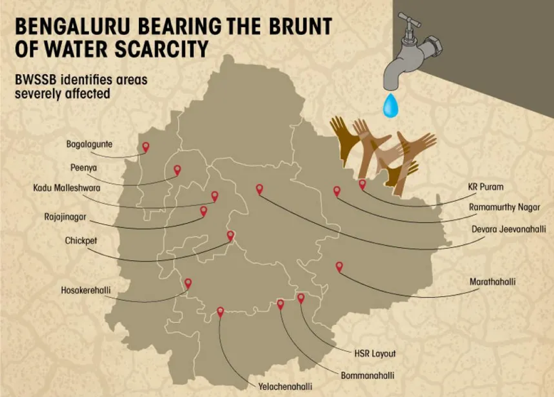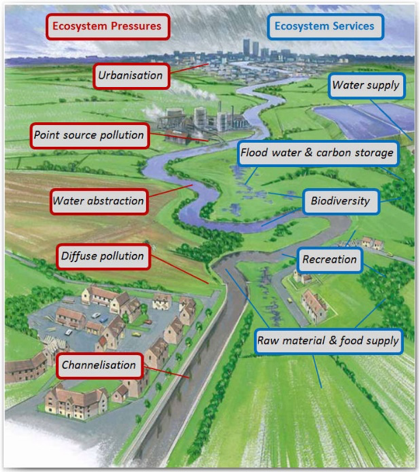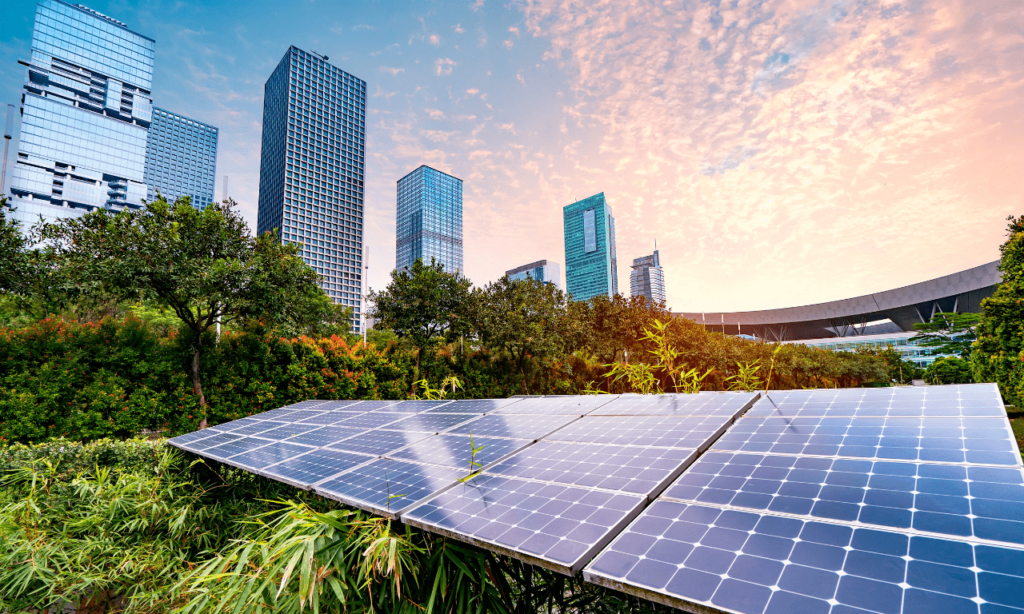In India, the spectre of water scarcity looms large, menacing cities and villages alike. With a vast and diverse population exceeding a billion, the issue of water availability is not merely a matter of inconvenience but a dire necessity. As the country grapples with this escalating crisis, it becomes clear that the stewardship of water resources is not just beneficial but essential for survival.
Crux of the water woes
The critical state of water resources in India is particularly evident in its metropolitan areas. Cities like Bengaluru and Chennai, which have grown rapidly over the past few decades, have seen their water security severely compromised. The urban sprawl in these cities has often come at the expense of natural water catchments. Lakes and wetlands have been filled in to make way for buildings, while the proliferation of impermeable surfaces prevents the natural replenishment of groundwater. The lack of foresight in urban planning, which did not prioritize water conservation, is now manifesting in acute water shortages.
These local crises mirror a global trend towards increasing water-related conflicts. Around the world, as freshwater becomes scarcer, competition over this vital resource intensifies. In India, the pressures of climate change and unsustainable agricultural practices exacerbate the situation. The country is one of the largest producers of water-intensive crops like rice and wheat, which consume a disproportionate share of its water resources. This agricultural demand, coupled with climatic changes, leads to drying rivers and depleted aquifers, creating a precarious situation for millions.
Water Stewardship: Co-creating solutions
Understanding water as a shared resource is fundamental to addressing these challenges. It is imperative that all stakeholders—individuals, communities, governments, and businesses—collaborate to manage and protect water resources. The concept of water stewardship extends beyond mere management. It involves a transformative approach where every stakeholder assumes responsibility not just for using water sustainably but for actively contributing to the health of the water ecosystems.
The Alliance for Water Stewardship (A4WS) defines water stewardship as “the use of water that is socially and culturally equitable, environmentally sustainable and economically beneficial, achieved through a stakeholder-inclusive process that includes both site- and catchment-based actions.” Water stewardship offers an innovative alternative to the “ownership and management” approach which ultimately leads to conflict in the face of scarcity. It aims to bring together water users in a single catchment or watershed to act together.
Finding the right mix
India’s diverse geography and demographic spread mean that a one-size-fits-all solution is impractical. Each region has unique challenges and needs tailored strategies. For instance, the arid landscapes of Rajasthan will require different solutions compared to the flood-prone areas of Assam. Non-conventional techniques such as bioremediation and the restoration of old water bodies could play crucial roles in these tailored solutions. These methods help in cleaning and maintaining water bodies naturally and sustainably, enhancing the quality of water available.
Moreover, traditional water conservation practices need to be integrated with advanced technological solutions. Techniques like wastewater treatment and reuse, effective groundwater recharge systems, and smart irrigation practices can drastically reduce the strain on existing water resources. Such integrated approaches can rejuvenate India’s parched lands and help restore the ecological balance.
In conclusion, water stewardship in India is not just about mitigating a crisis—it is about securing a future. As the country stands at this critical juncture, the actions taken today will determine the well-being of generations to come. By embracing a holistic and inclusive approach to water stewardship, India can ensure that it not only addresses its present water woes but also lays the groundwork for sustainable growth and development. The time to act is now, with everyone playing a part in safeguarding this most precious resource.
The content herein is the author’s opinion and not published on behalf of the Alliance for Water Stewardship (AWS). The author holds an AWS Professional Credential and this piece of publishing helps fulfil their Continuing Contribution Units requirements. For more information about AWS or the AWS Professional Credentialing Program.





